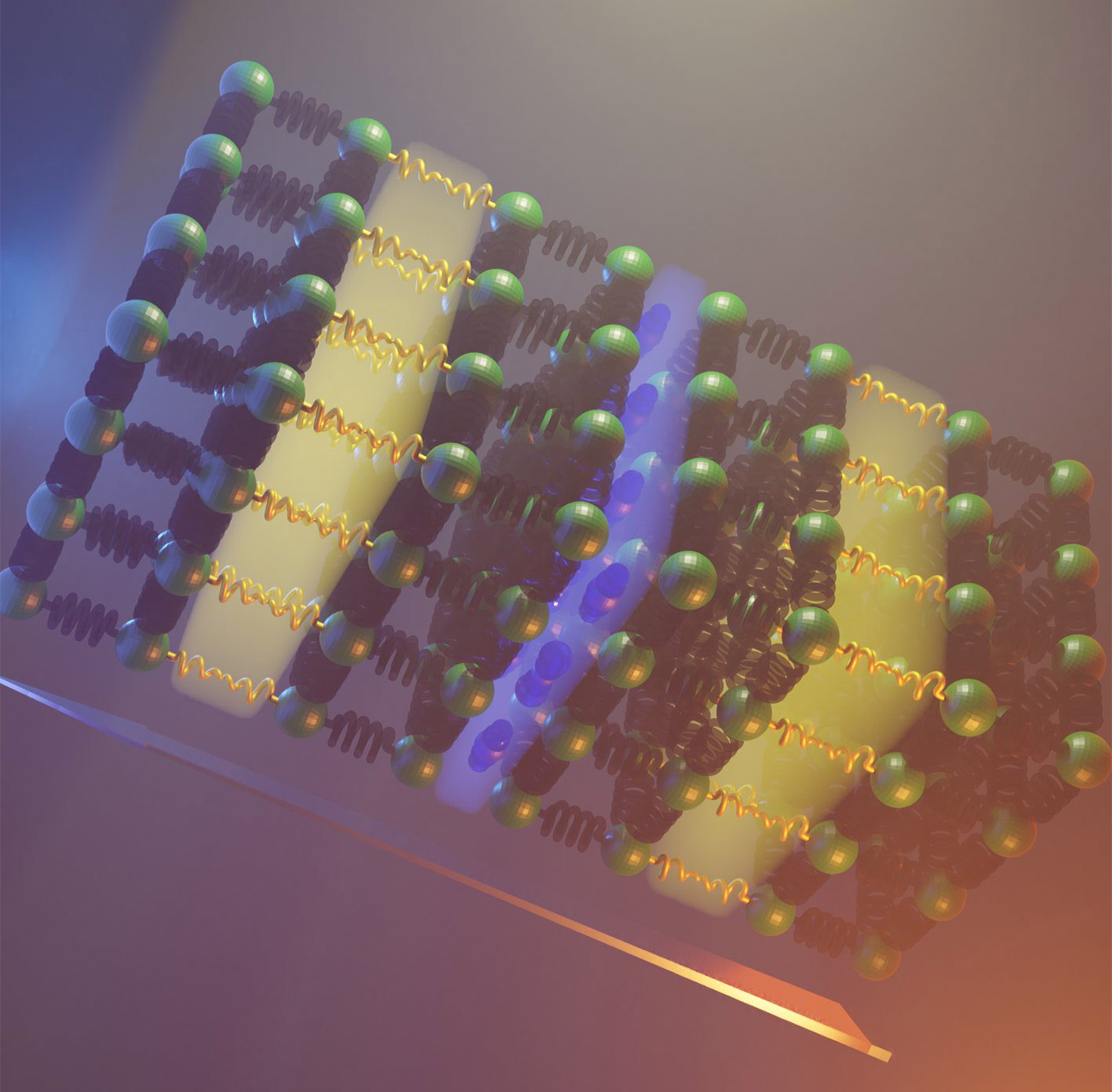Researchers discover inorganic material with lowest thermal conductivity ever reported
16. 7. 2021 | University of Liverpool | www.liverpool.ac.uk
A collaborative research team, led by the University of Liverpool, has discovered a new inorganic material with the lowest thermal conductivity ever reported. This discovery paves the way for the development of new thermoelectric materials that will be critical for a sustainable society.
The discovery, reported in the journal Science, represents a breakthrough in the control of heat flow at the atomic scale, achieved by materials design. It offers fundamental new insights into the management of energy. The new understanding will accelerate the development of new materials for converting waste heat to power and for the efficient use of fuels.

The research team designed and synthesised the new material so that it combined two different arrangements of atoms that were each found to slow down the speed at which heat moves through the structure of a solid. They identified the mechanisms responsible for the reduced heat transport in each of these two arrangements by measuring and modelling the thermal conductivities of two different structures, each of which contained one of the required arrangements. If we take the thermal conductivity of steel as 1, then a titanium bar is 0.1, water and a construction brick is 0.01, the new material is 0.001 and air is 0.0005.
Read more at University of Liverpool
Image Credit: University of Liverpool
-jk-




